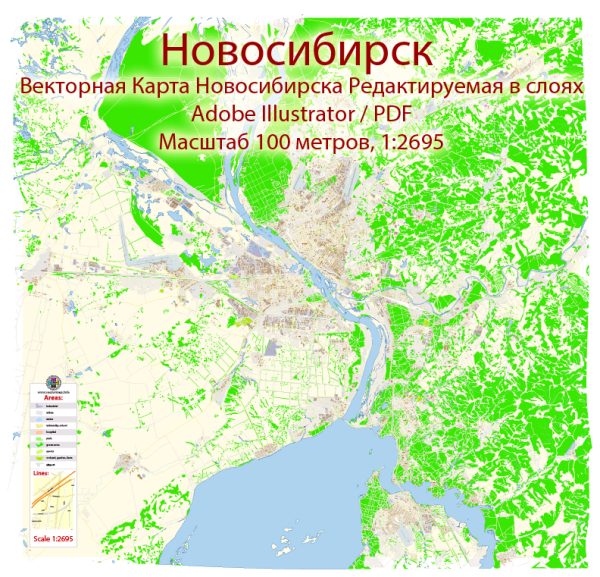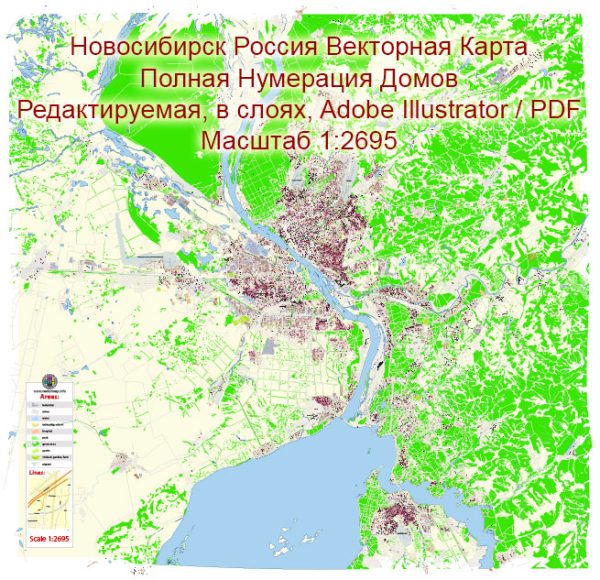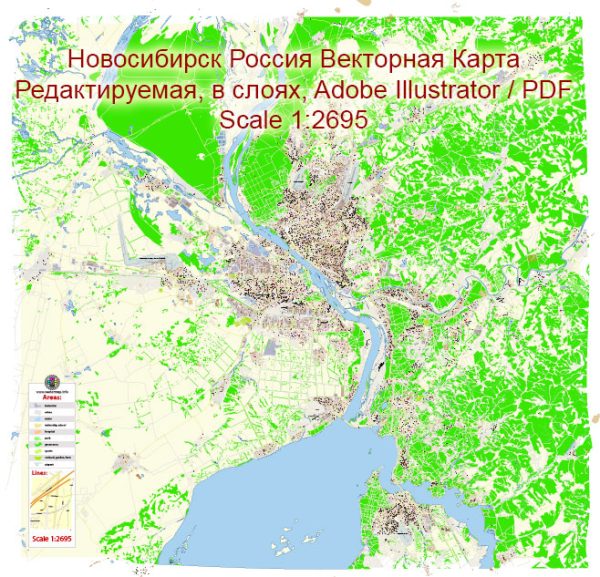Novosibirsk, located in southwestern Siberia, Russia, is the third-largest city in the country and the administrative center of the Novosibirsk Oblast. Its history of urban development is relatively short compared to many other Russian cities, as it was founded in the late 19th century.
- Foundation and Growth:
- Novosibirsk was founded in 1893 as a strategic point on the Trans-Siberian Railway, which connected Moscow with the Russian Far East. The city’s location was chosen for its proximity to the Ob River, making it an important transportation hub.
- The railway brought a rapid influx of settlers, and Novosibirsk quickly grew into a major industrial and cultural center in Siberia.
- Soviet Era:
- During the Soviet era, Novosibirsk continued to develop as an industrial powerhouse. It became a center for heavy industry, including machinery, chemical production, and metallurgy.
- The city played a significant role in World War II, serving as a major center for military production.
- Scientific Hub:
- Novosibirsk is renowned for its scientific and educational institutions. The Siberian Division of the Russian Academy of Sciences, as well as several research institutes and universities, are located in the city.
- Akademgorodok, a scientific research center on the outskirts of Novosibirsk, was established in the 1950s. It became a hub for cutting-edge research in various fields, including physics, chemistry, and biology.
- Post-Soviet Era:
- With the collapse of the Soviet Union in 1991, Novosibirsk, like many other Russian cities, underwent economic and social changes. Some industries faced challenges, but the city adapted and diversified its economy.
- Modern Urban Development:
- In recent years, Novosibirsk has focused on modernizing its infrastructure and urban spaces. The city has seen the development of new residential areas, commercial centers, and improved transportation networks.
- Novosibirsk boasts a mix of Soviet-era architecture, industrial zones, and contemporary structures. The city center features notable landmarks, such as the Alexander Nevsky Cathedral and the Novosibirsk Opera and Ballet Theatre.
- Cultural and Economic Center:
- Novosibirsk has evolved into a vibrant cultural and economic center, hosting numerous festivals, theaters, and museums. The city’s cultural life is enriched by its diverse population and the presence of various ethnic communities.
- Transportation:
- The city’s role as a transportation hub has only expanded. Novosibirsk Tolmachevo Airport is a major air travel hub, and the Trans-Siberian Railway remains a crucial artery for both passenger and freight transportation.
Novosibirsk’s history reflects its transformation from a railway outpost into a dynamic and influential city, blending industrial strength, scientific excellence, and cultural richness in the heart of Siberia.




 Author: Kirill Shrayber, Ph.D.
Author: Kirill Shrayber, Ph.D.